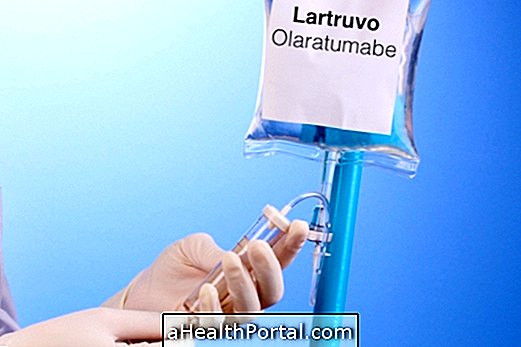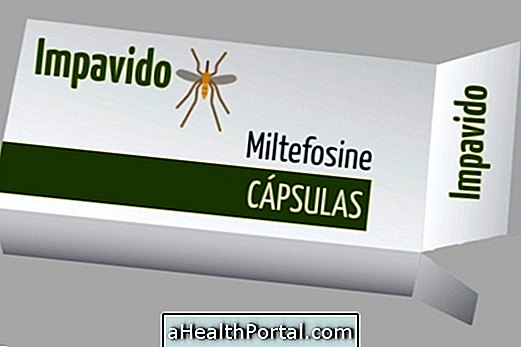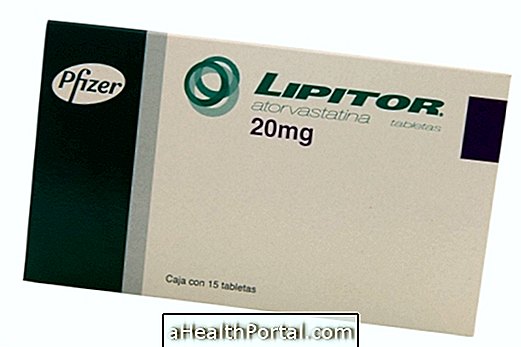Amphotericin B is an antifungal medicine known commercially as Fungizon.
This drug is of injectable use that acts to prevent the mechanism of action of fungi, since it changes the permeability of its membrane, thus reducing the likelihood of complication in diseases such as leishmaniasis and candidiasis.
Amphotericin B may be the only effective drug used in the treatment of fatal fungal diseases.
Indications of Amphotericin B
Leishmaniasis; cryptococcal meningitis; aspergillosis; blastomycosis; candidiasis; cryptococcosis; endorecatite by fungus; histoplasmosis; mucormycosis; sporotrichosis; urinary tract infection.
Side Effects of Amphotericin B
Blood changes; Headache; fever; chills; nausea; kidney problems; vomiting.
Contraindications of Amphotericin B
Pregnancy risk B; women in the lactation phase; Hypersensitivity to the product.
Mode of use of Amphotericin B
Injectable Use
Adults and Teens
- The amount of amphotericin B administered depends on the tolerance to the product and the severity of the fungal infection. It is recommended to administer a 1 mg test dose in 20 ml intravenous glucose solution for 30 minutes, this procedure should be performed to observe any adverse reaction of the patient. Treatment is usually initiated with the daily administration of 0.25 mg per patient body weight administered over a period of 2 to 6 hours.
Attention : The maximum dose administered by an adult should be 50 mg.




















